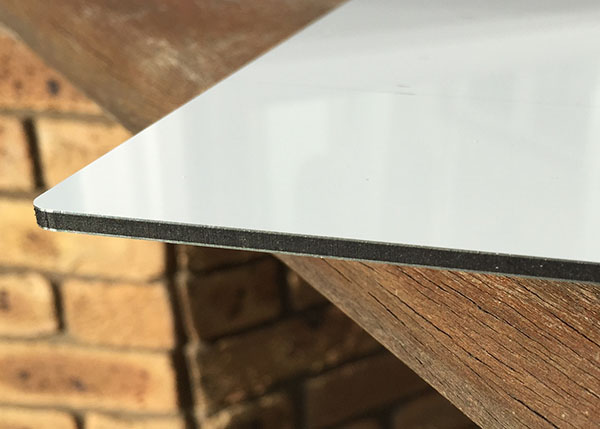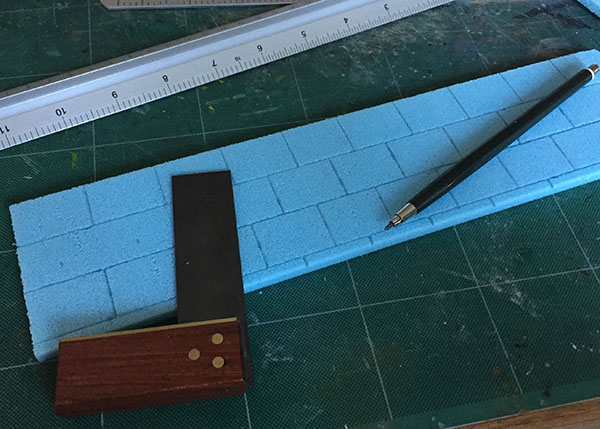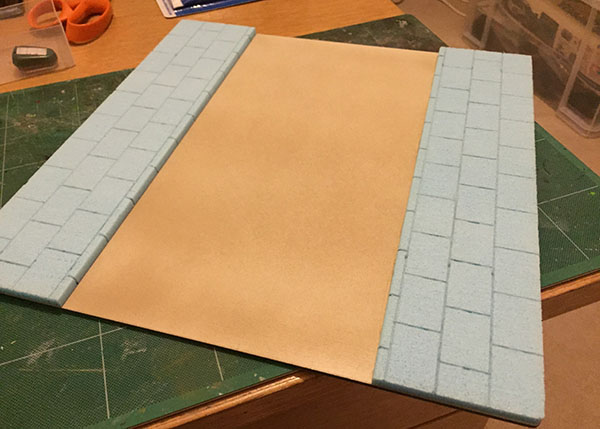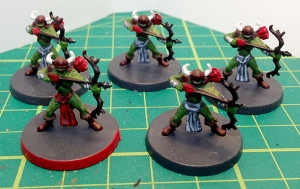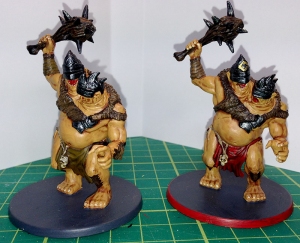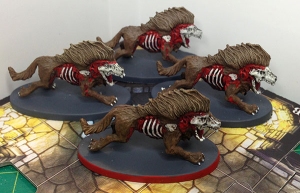So … I’ve been fascinated by the American Civil War period for a very long time and dabbled with various scales and rules. I did go down the 6mm route and do have some forces built up for the Fire & Fury brigade level rules (‘Original’ – OF&F) but new projects came and took priority causing my ACW project to grind to a halt. I think the primary causes of moving away from the project has been the rules system and a certain amount of analysis paralysis over basing.
Prior to the end of 2014 I came across a bundle of 15mm ACW figures I had bought from Battle Honours many years ago and did a little test painting, (actually I was mainly wanting to paint horses for practice). I’ve had the Regimental Fire & Fury rules (‘RF&F’) for a while and thought now, or at least 2015, was the time to get a ACW project underway. It is quite an undertaking as I’m going to have to do both Union and Confederate forces.
The first step was to take stock of where I was and what I wanted to achieve; a few decisions had to be made …
Rules: Regimental Fire & Fury: Why? Because RF&F is well supported and has an active/good forum, I like the OF&F rules ‘style’ on which it is based and Age of Eagles is popular in the club and is based on OF&F, (so a head start in rules learning and playing the game).
Figures: Peter Pig: Why? All the usual reasons I suppose, they are a reasonable price, a good range of figures (including markers for disordered, out of ammo etc.) and are good quality. It’s fair to comment on the figure quality a bit more here … firstly, you get a range of poses, 3 in fact in each 8 figure pack. Secondly, the design really lends itself well to painting in every way with the detail being ‘just right’ and the poses being quite animated, and finally, the castings are good with no flash and minimal mould lines (although I didn’t know this until I had bought a load). Oh, and they are also easily available in the UK … and the service is good.
Basing: Litko: Actually I base most of my figures on Litko bases now. I use the 0.8mm ply and the standard magnetic material as my basing convention and so I placed an order for a range of bases I needed for RF&F. Infantry bases are 1″x 3/4″ with 3 figures per base.
Once all that had been established I had to decide on the scope of the project; I had to work on something manageable that would give me a good base for grander things. I decided to work towards creating all the figures needed for the 1st scenario in the main RF&F rulebook which works out at around 50 stands a-side, mostly infantry. This is still a sizable amount but it’s really the minimum for a decent game and your average battle is more like 100 stands a-side.
I then worked out a painting plan for the Union Infantry and here I had two goals, a) don’t rush it and try and paint all the units up in a short time, and b) do a reasonable and easily achievable amount of work per night. This way I figured I would actually get to the end of the project.
The plan was based on producing 5 stands of infantry (15 figures) in 4 days. Strictly speaking this took the figures from the packet to painting but not varnishing or basing for which extra time would have to be found. With this strategy I could get both forces done in 80 days …


